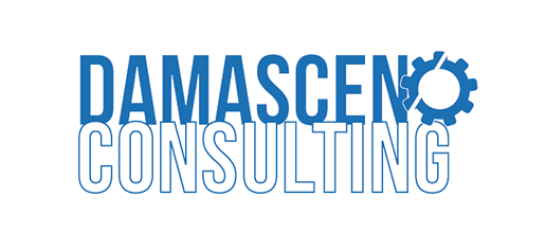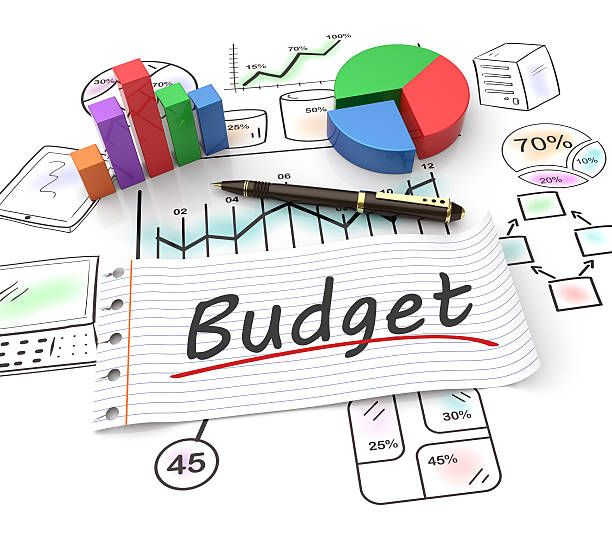Integrated reporting has been gaining attention over the years as an essential tool for companies to report on their financial, social, and environmental performance. The International Integrated Reporting Council (IIRC) updated its framework in 2021, emphasizing the importance of integrated thinking, connectivity of information, and stakeholder engagement.

One of the significant changes in the updated framework is the integration of sustainability reporting and the creation of a more comprehensive report that includes a company’s financial and non-financial performance. The new framework also emphasizes the importance of a company’s value creation process and how it can impact its long-term sustainability.
Another significant change is the focus on materiality and the need for companies to identify and report on their most significant impacts on the environment and society. This change aims to encourage companies to assess their business models and identify opportunities for improvement and innovation.
Moreover, the updated framework also includes guidance on how to use technology to improve the quality of integrated reporting and ensure data accuracy and consistency.
Adopting an integrated reporting approach can benefit companies in several ways. It can improve stakeholder engagement and trust, enhance risk management, and provide insights into a company’s long-term sustainability and value creation process.
Overall, the updated integrated reporting framework aims to encourage companies to adopt a holistic approach to reporting and provide stakeholders with a more comprehensive view of a company’s performance.
#integratedreporting #sustainabilityreporting #financialperformance #nonfinancialperformance #stakeholderengagement #valuecreation #materiality #riskmanagement #sustainability #innovation





